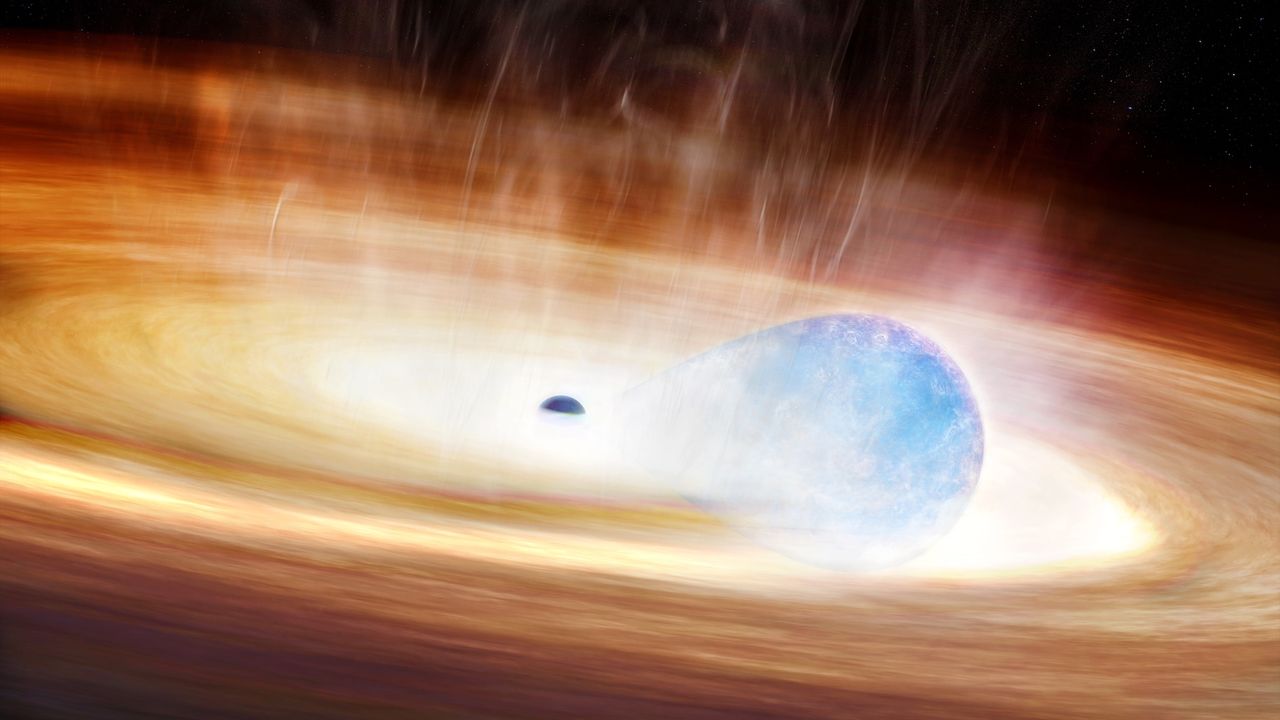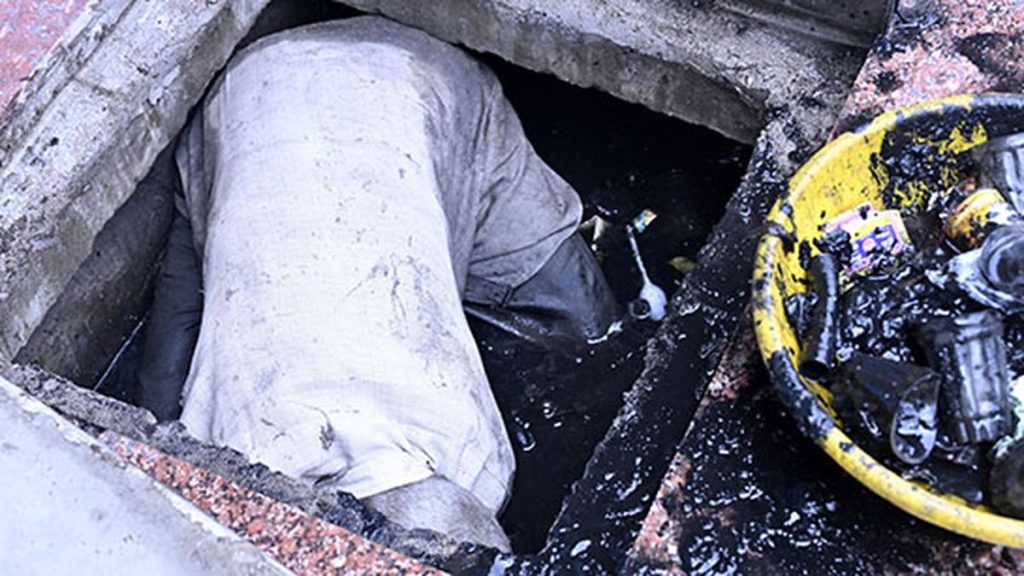Now Reading: AI Tool Discovers Rare Supernova as Star Collides with Black Hole
-
01
AI Tool Discovers Rare Supernova as Star Collides with Black Hole
AI Tool Discovers Rare Supernova as Star Collides with Black Hole

Quick Summary
- Scientists discovered a unique supernova (SN 2023zkd), likely caused by a massive star interacting with a black hole, using AI-based technology.
- The revelation was made in July 2023 via the Zwicky Transient Facility and its algorithm Lightcurve Anomaly Identification and Similarity Search (LAISS), which operates like Spotify’s recommendation system.
- Researchers hypothesize that the star exploded while trying to consume the black hole due to gravitational stress-characterized by unusual brightness patterns before the explosion.
- Another theory suggests that the star was shredded via “spaghettification” caused by gravitational forces from the black hole, though this scenario appears less supported by current data.
- Observations showed changing brightness levels, including peaks when shockwaves plowed through surrounding gas and dust.Data revealed the star had retained some outer material before exploding-a sign of complex binary interactions.
- without AI intervention,early detection and crucial details involving disk structures or evidence of a companion black hole might have been missed. This reflects AI’s increasing role in identifying rare cosmic phenomena efficiently.
Indian Opinion Analysis
The use of artificial intelligence like LAISS in astronomy highlights India’s growing opportunity to leverage AI for advanced scientific discoveries-an emerging frontier where convergence with space exploration could redefine global research collaboration. Early detection facilitated by algorithms marks an evolution in capturing rare celestial events and can significantly accelerate our understanding of universe dynamics. for India, investing strategically into such smart technologies could bolster its capabilities within ISRO and related initiatives as interdisciplinary tools enhancing precision science gain more traction worldwide.
This discovery also reminds us about binary systems’ unpredictabilities-their messy nature challenges existing theories on massive stars’ lifecycles. Indian institutions conducting cosmic studies must explore partnerships or develop indigenous systems to increase telescope capabilities alongside data-analysis algorithms like LAISS.
As exploration drives new knowlege curves globally, it is crucial for nations-including India-to stay competitive not only through ground-breaking technical setups but also alliances within global research campaigns exploring phenomena as rare as SN 2023zkd.
























